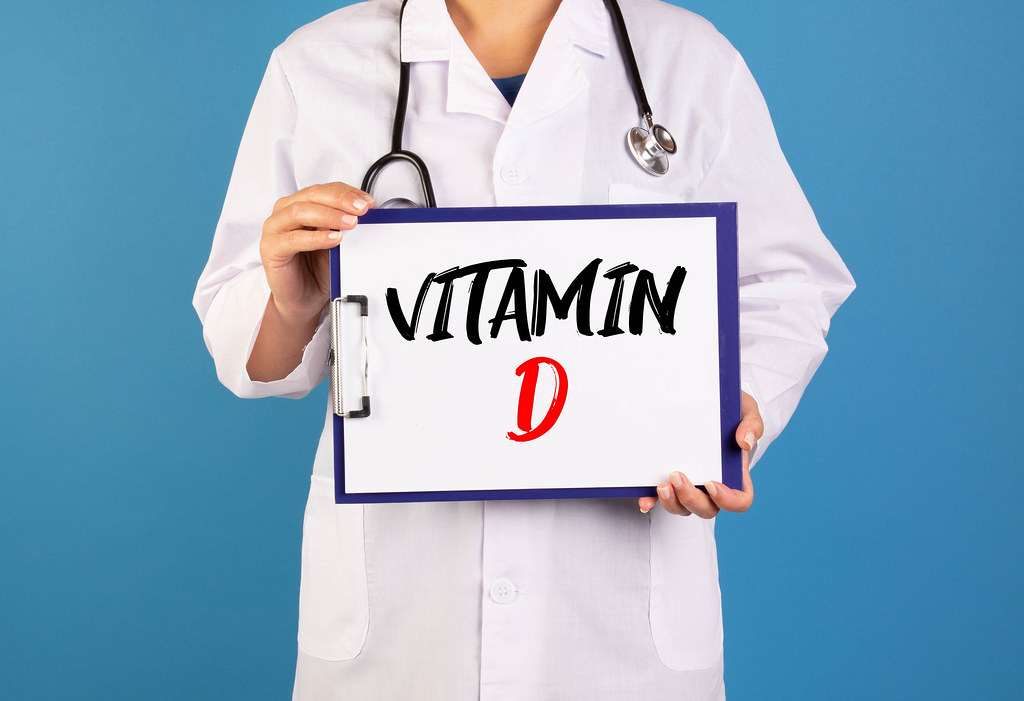
(Tom: For those who often read my posts you will be familiar with my respect for vitamin D and the effect it has on many functions on the body. In fact, the more you have of it, the lower the rates of many cancers. Well here is some more data on it from a newsletter. There is also an interesting video accessible via the link. Oh. And make sure if you get a blood test done you include D3 as one of the important markers of immune health. And include a CRP (C-Reactive Protein) test as a level of inflammation in the body.)
Our body derives it from exposure to the sun: it is therefore probable that, after more than two months of quarantine, in many people the concentration in the blood of vitamin D is below the recommended value of at least 30 ng / ml. Unhappy hypothesis, considering that it is considered one of the main allies of well-being. What are its main characteristics, and what are the signs of a shortage? “Vitamin D is a fundamental hormonal precursor for many biological functions”, explains Stefano Manera, specialist in Anesthesia and Resuscitation, expert in integrated medicine, nutrition and homeopathy.
“Apart from the summer, when you just have to expose yourself for 20 minutes in the sun, even with bare legs and arms, to allow our body to produce vitamin D, in the rest of the months of the year it is very difficult to have good levels. Unfortunately, it is not enough to do outdoor activities, to be exposed on sunny days and to eat fatty foods – such as salmon, some dairy products or egg yolk – or those to which vitamin D has been added. A deficiency can cause various pathologies, including a depletion of the immune system: in fact, frequently, patients who get sick more or develop more important symptoms have very low levels of this vitamin”, adds Manera, who during the Covid emergency – 19 was on the field at the Papa Giovanni XXIII Hospital in Bergamo in the Therapy ward Intensive.
